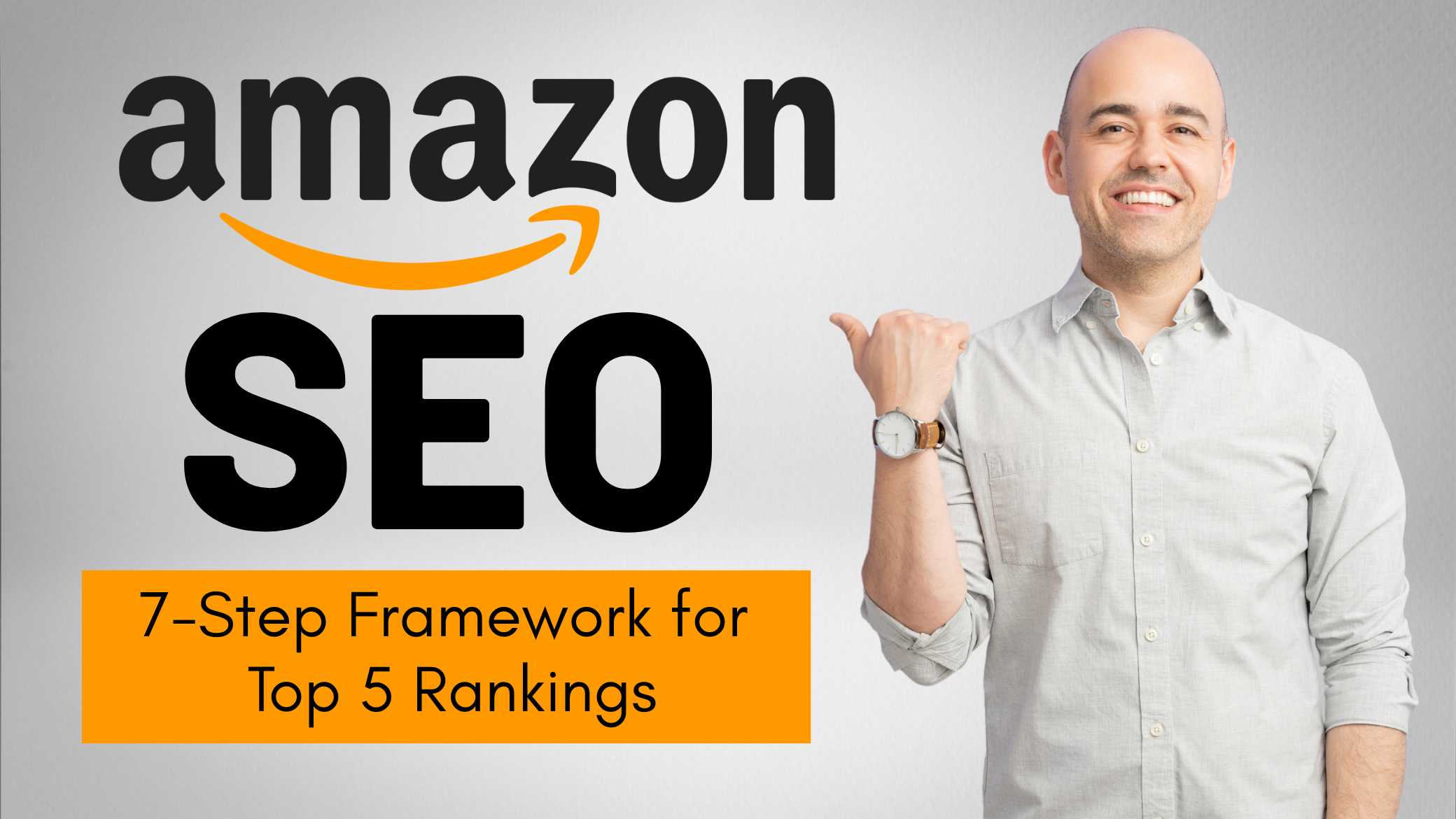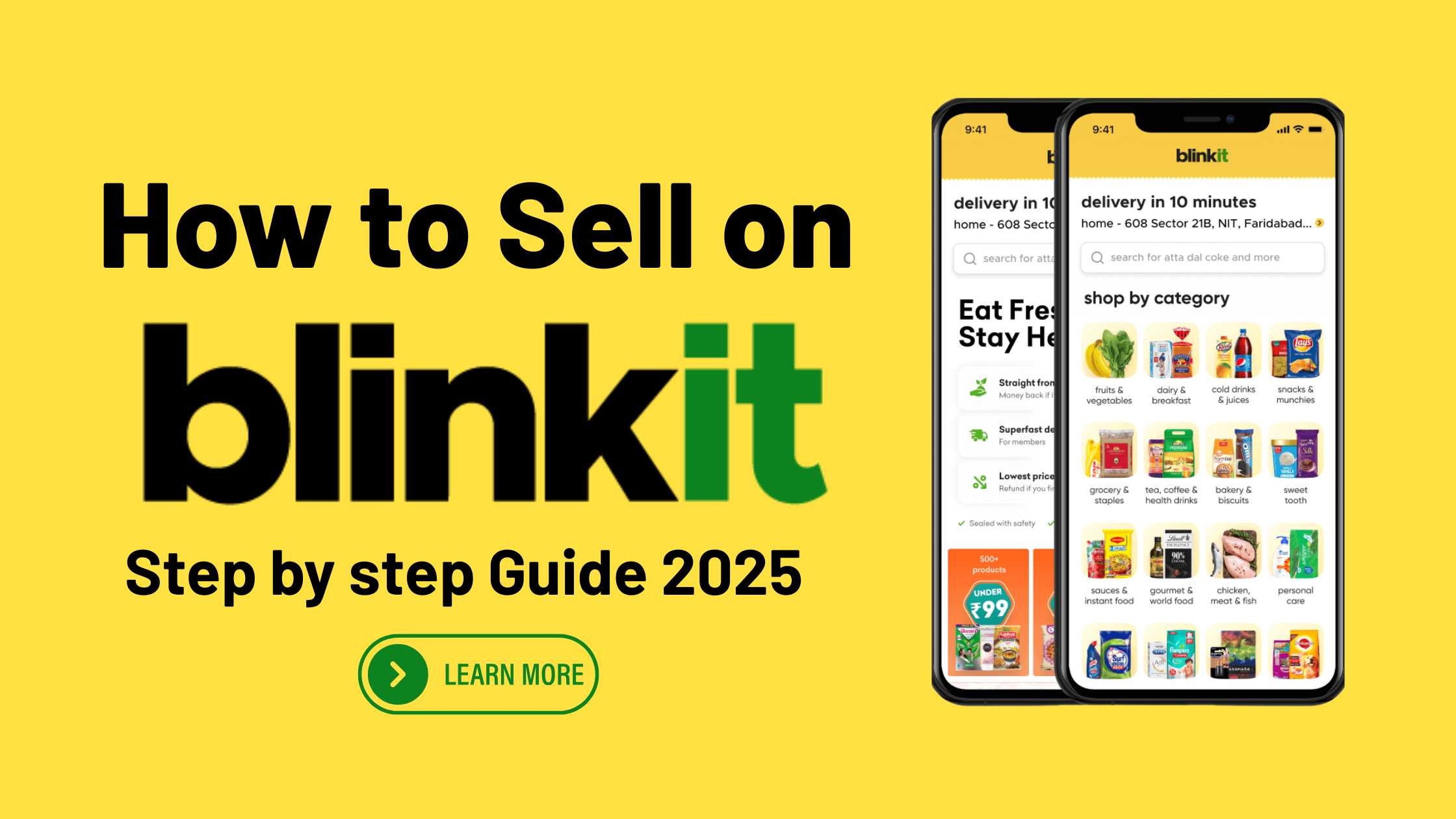Amazon SEO : Amazon has become the go-to platform for online shopping across the globe, with millions of sellers competing for the attention of over 300 million active users. In such a fiercely competitive marketplace, securing a top-five ranking in Amazon’s search results is not just beneficial—it’s essential. Amazon SEO (Search Engine Optimization) is the key to making your product listings discoverable and driving consistent sales.
Table of Contents
In this comprehensive 2025 guide, we walk you through a 7-step Amazon SEO framework tailored to help you achieve and maintain top rankings for your listings
Step 1: Perform Advanced Keyword Research

Keyword research is the foundation of effective Amazon SEO. In 2025, the process has become more refined and data-driven. Instead of just guessing what customers type into the search bar, top sellers rely on tools like Helium 10, Jungle Scout, and AMZScout. These tools analyze search volume, keyword competition, and conversion potential. The goal is to find a mix of high-volume, low-competition keywords and long-tail phrases that align with buyer intent. For example, if you’re selling a yoga mat, relevant keywords might include “non-slip yoga mat for home,” “eco-friendly yoga mat,” or “extra thick yoga mat for bad knees.” Integrating these terms naturally into your product listings increases visibility.
Also Read : How to Start an Amazon FBA Business in 2025 ?
Also consider seasonal and trend-based keywords that spike during specific times, such as “yoga mat for New Year resolutions.” It’s vital to update your keyword strategy regularly to stay ahead of changing trends and algorithm shifts
Step 2: Optimize Product Titles Strategically
The product title is one of the most heavily weighted elements in Amazon’s A9 search algorithm. A well-optimized title should be rich in relevant keywords without being spammy. The structure often recommended includes the brand name, product type, primary keyword, and key features like size, color, or quantity. For example, “EcoBalance Non-Slip Yoga Mat for Women – Extra Thick 8mm – Eco-Friendly & Sweat Resistant – Purple.” The title should be descriptive but concise, ideally within Amazon’s character limit, which is generally 200 characters or less.
Make sure the title is readable to both Amazon’s algorithm and human shoppers. Avoid keyword stuffing, which can make the listing look unprofessional and harm conversions. Include differentiators that set your product apart from competitors
Step 3: Write High-Converting Bullet Points and Descriptions
The bullet points in your product listing serve to inform and persuade. Each bullet should highlight a distinct feature or benefit of the product and incorporate secondary keywords naturally. Think from the customer’s perspective—what problems does your product solve, and how does it enhance their life? Use action-oriented language and focus on emotional and practical benefits. For example, “Feel secure in every pose with our non-slip texture” or “Reduce joint pressure with our 8mm cushioning.”
The product description is your opportunity to tell a compelling story. Use this space to elaborate on your brand’s mission, the craftsmanship behind your product, and any usage tips. Use HTML tags sparingly (where permitted) to break up text and emphasize key points. Proper keyword placement in these sections further strengthens your SEO efforts
Step 4: Use High-Quality Images and A+ Content
Visual content is critical in converting clicks to sales. In 2025, product listings with dynamic, high-resolution images significantly outperform those with low-quality visuals. Include multiple images that showcase the product from different angles, highlight unique features, and show the item in use. Lifestyle images help potential buyers visualize how they’ll use the product. Amazon allows up to seven images, so use the space wisely. Consider adding infographics that highlight dimensions, specifications, and benefits.
If you are a brand-registered seller, leverage A+ Content to create visually rich product descriptions. A+ Content allows you to incorporate comparison charts, custom headers, and brand stories, which not only boost SEO but also improve the shopping experience. This content can increase conversion rates by up to 10%, giving you a competitive edge
Step 5: Master Backend Search Terms

Backend keywords are a hidden yet powerful part of Amazon SEO. These keywords aren’t visible to shoppers but are used by Amazon to understand your product’s relevance. Use all 250 bytes available in the backend search term field wisely. Include synonyms, abbreviations, common misspellings, and alternative terms that shoppers might use. Do not repeat words already used in the title or bullet points, as the algorithm considers them once.
Avoid using competitor brand names, temporary promotions, or subjective claims like “best” or “cheap.” Think strategically about buyer behavior and include relevant terms that could capture fringe traffic. Properly optimizing backend keywords can help your listing appear in searches you wouldn’t have otherwise ranked for
Step 6: Focus on Customer Reviews and Ratings
Customer feedback plays a crucial role in both SEO and conversion. Amazon’s algorithm prioritizes products with high ratings and frequent positive reviews. A well-reviewed product with a 4.5-star average is more likely to appear in the top-five results. Encourage reviews through post-purchase emails, inserts in your packaging, and Amazon’s “Request a Review” button.
Respond promptly to negative reviews and use the feedback to improve your product or listing. Buyers trust peer reviews more than brand promises, so cultivating authentic, helpful reviews is essential. Consider using Amazon’s Vine program or Early Reviewer Program to build credibility for new products. Ratings also contribute to your listing’s visual appeal, with products over 4 stars receiving a badge that improves click-through rates
Step 7: Use Amazon PPC and Promotions to Drive Momentum
While organic rankings are the goal, paid promotions can accelerate your journey to the top five. Amazon Pay-Per-Click (PPC) advertising allows you to bid on specific keywords to appear in sponsored positions. A successful PPC campaign can improve your product’s visibility, generate sales, and boost organic rankings due to increased sales velocity.
Start with Sponsored Product ads targeting high-converting keywords, then scale into Sponsored Brands and Sponsored Display as your budget allows. Monitor your Advertising Cost of Sales (ACoS) closely and optimize bids to maintain profitability. Promotions such as Lightning Deals, coupons, and limited-time discounts can also create urgency and drive traffic. Use them strategically to move inventory, gather reviews, or gain traction during slow periods
Amazon SEO – Conclusion

In 2025, Amazon SEO is more complex and competitive than ever. Simply listing a product is no longer enough to drive sales. Sellers must adopt a strategic, data-driven approach to climb the ranks and secure a top-five position in search results. This 7-step framework—comprising keyword research, title and description optimization, image enhancement, backend term utilization, review management, and advertising—offers a holistic strategy for dominating Amazon’s search algorithm.
Buy Now : Ecommerce Website With 100 Products
By implementing these best practices and staying informed about the latest trends, you can improve your Amazon SEO, boost your visibility, and significantly increase your sales. Remember, success on Amazon doesn’t happen overnight, but consistent optimization and attention to detail will yield long-term rewards in one of the world’s most powerful ecommerce platforms. Keep testing, analyzing, and refining your strategy, and you’ll be well on your way to Amazon success in 2025 and beyond.
Disclaimer: The information provided in this article is for educational and informational purposes only. While every effort has been made to ensure the accuracy of the content, Amazon’s algorithms and policies may change over time. Readers are advised to conduct their own research and consult professional services where necessary. The author and publisher are not responsible for any losses, direct or indirect, that may result from the use of information contained in this guide. Success on Amazon depends on various factors including competition, product quality, compliance with Amazon guidelines, and market demand.
Keywords :: Amazon SEO – Amazon SEO 2025 – Amazon SEO Guide







